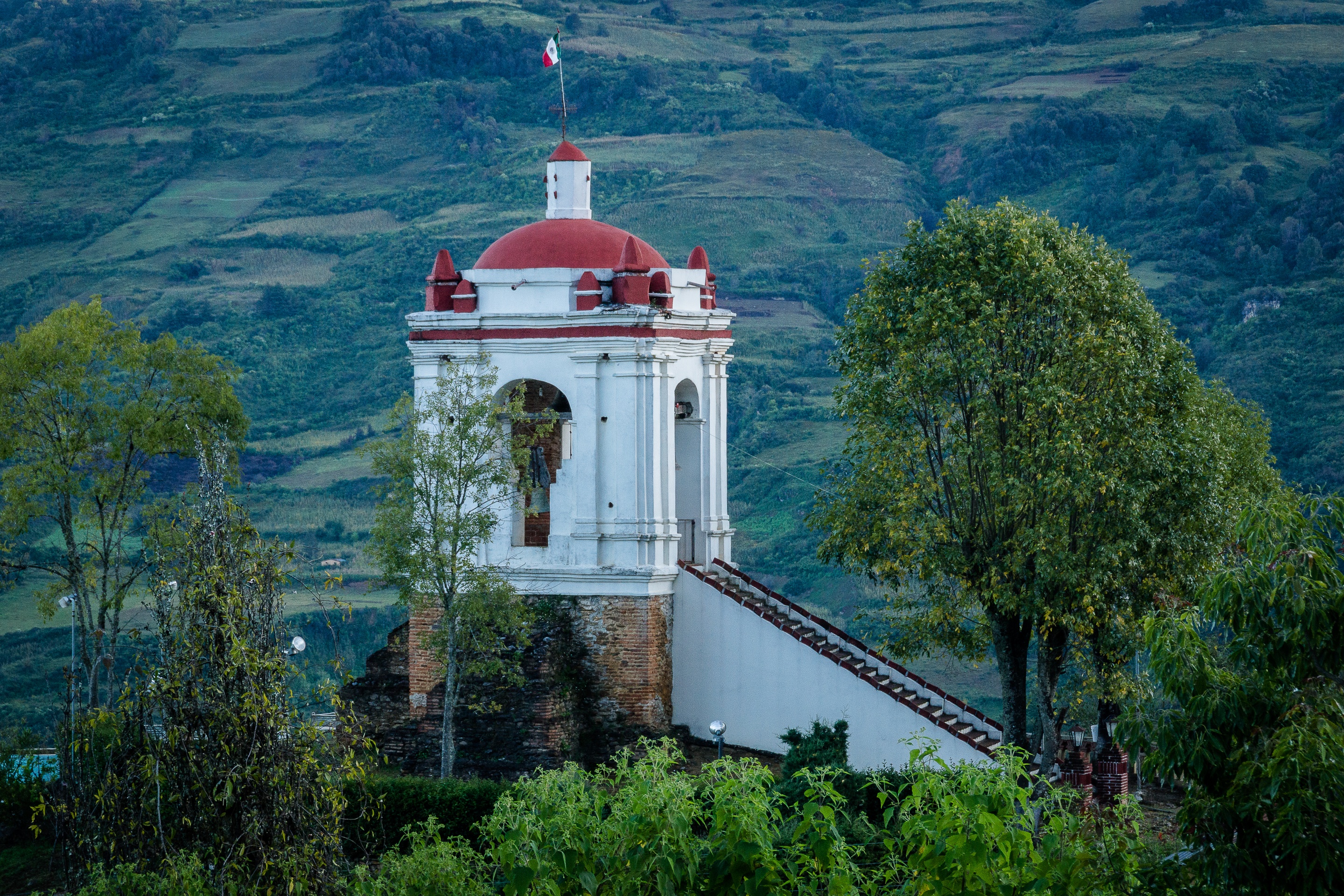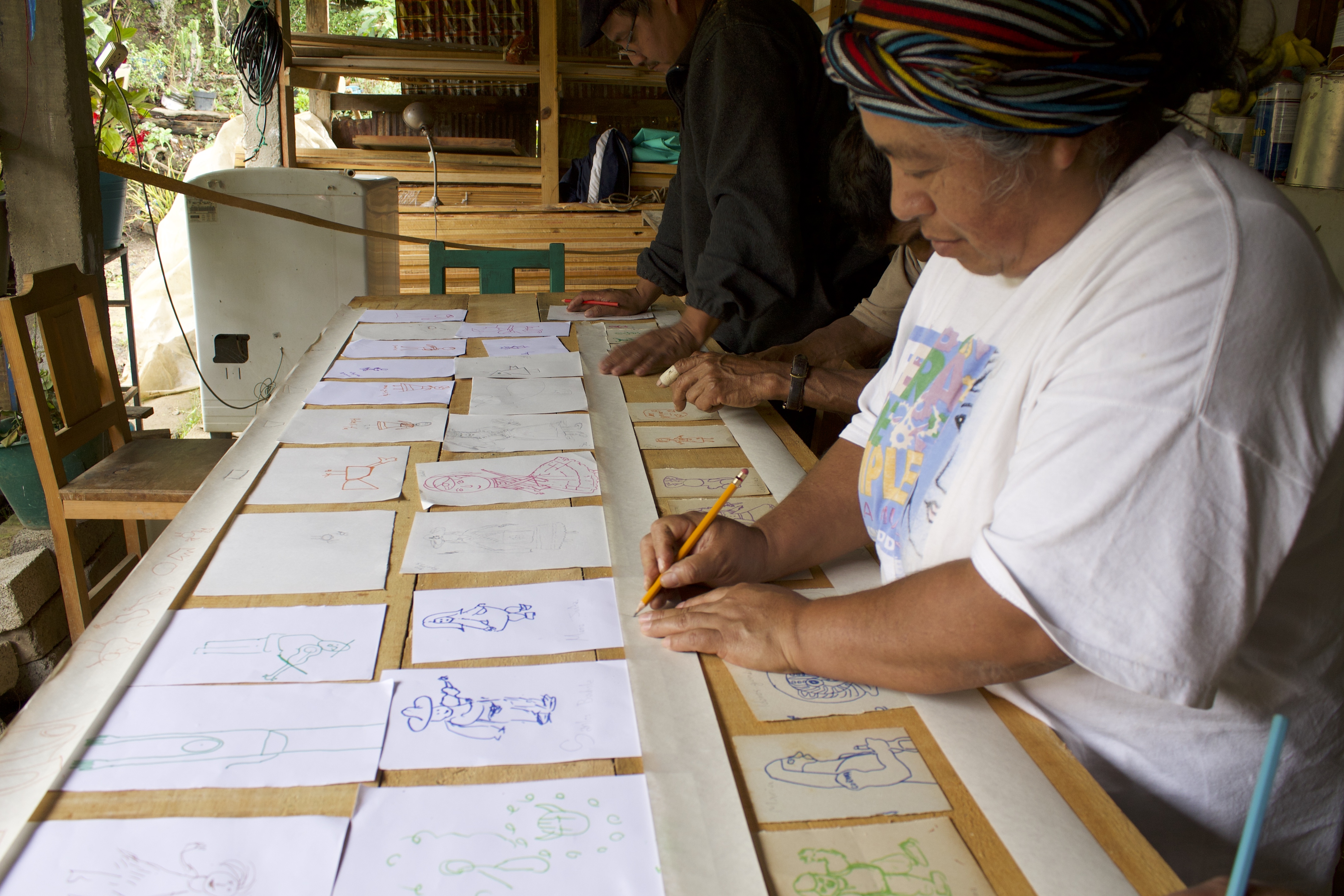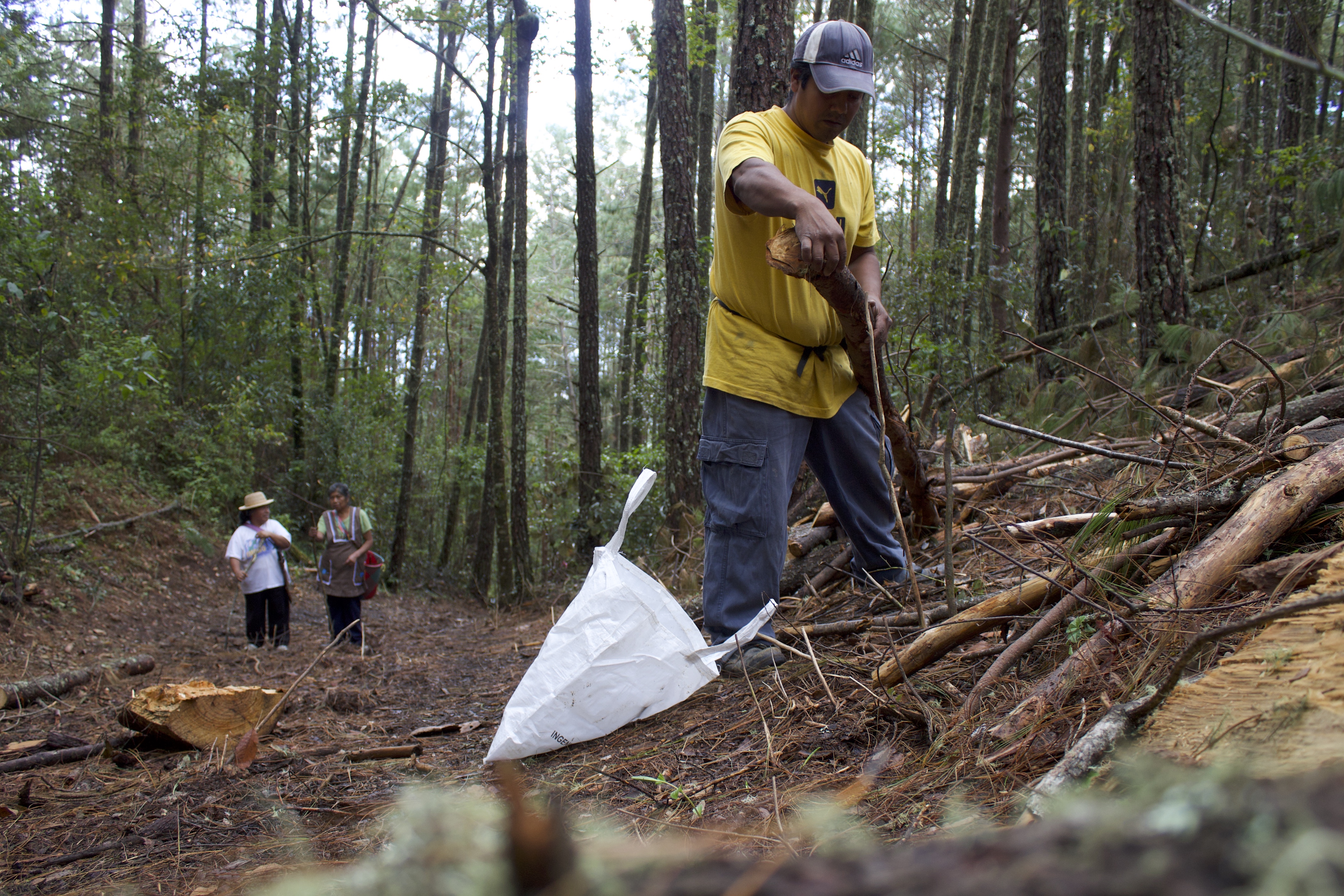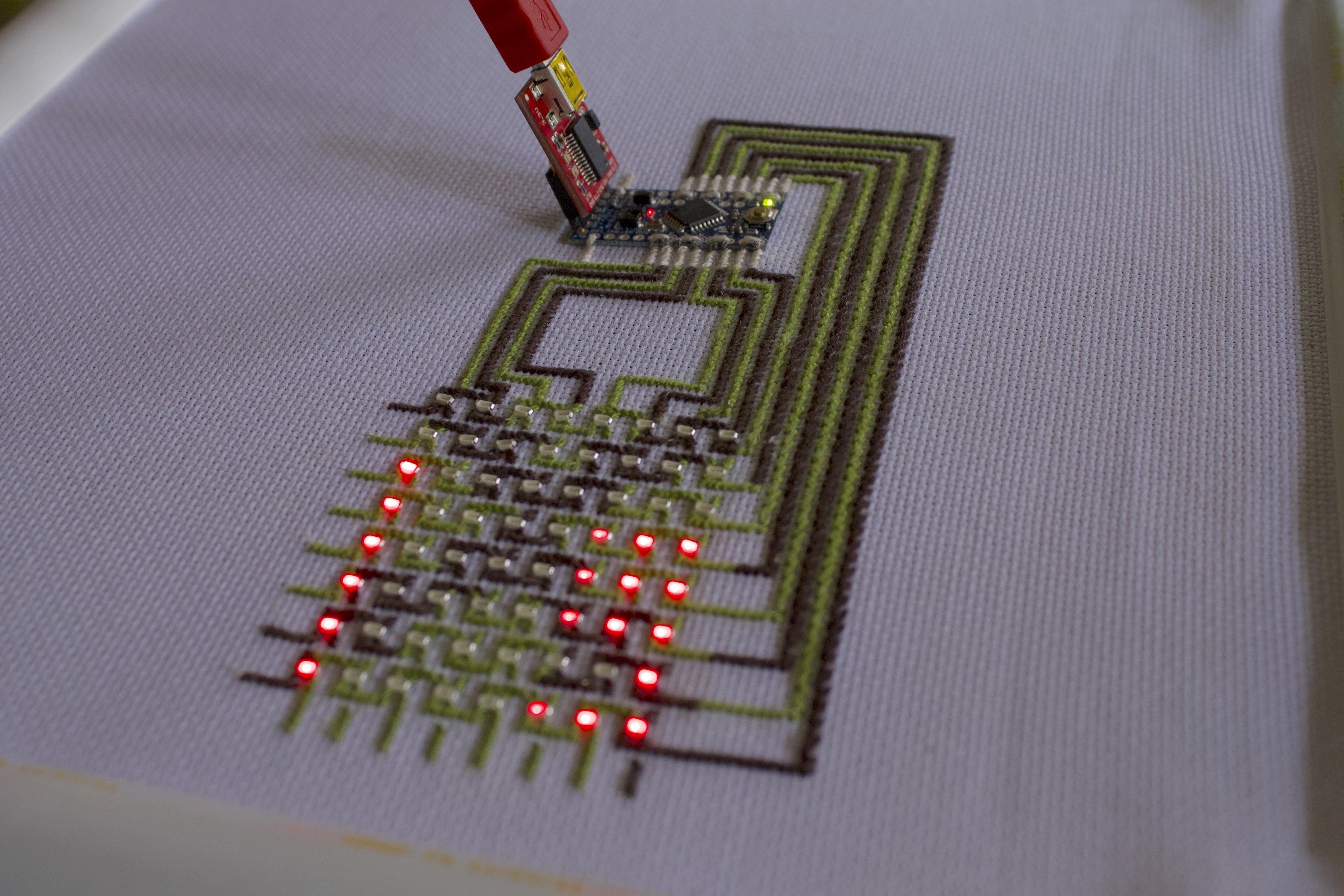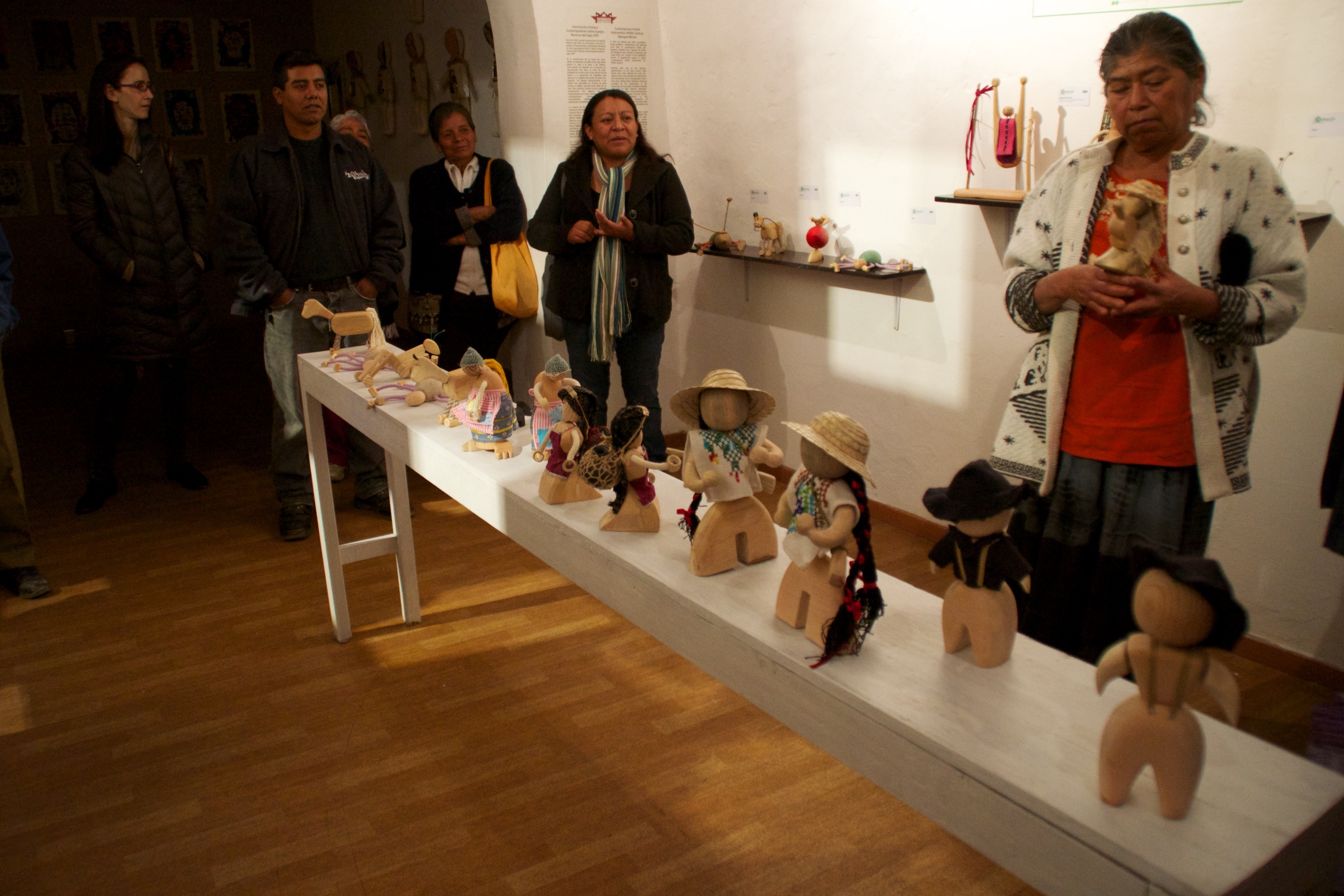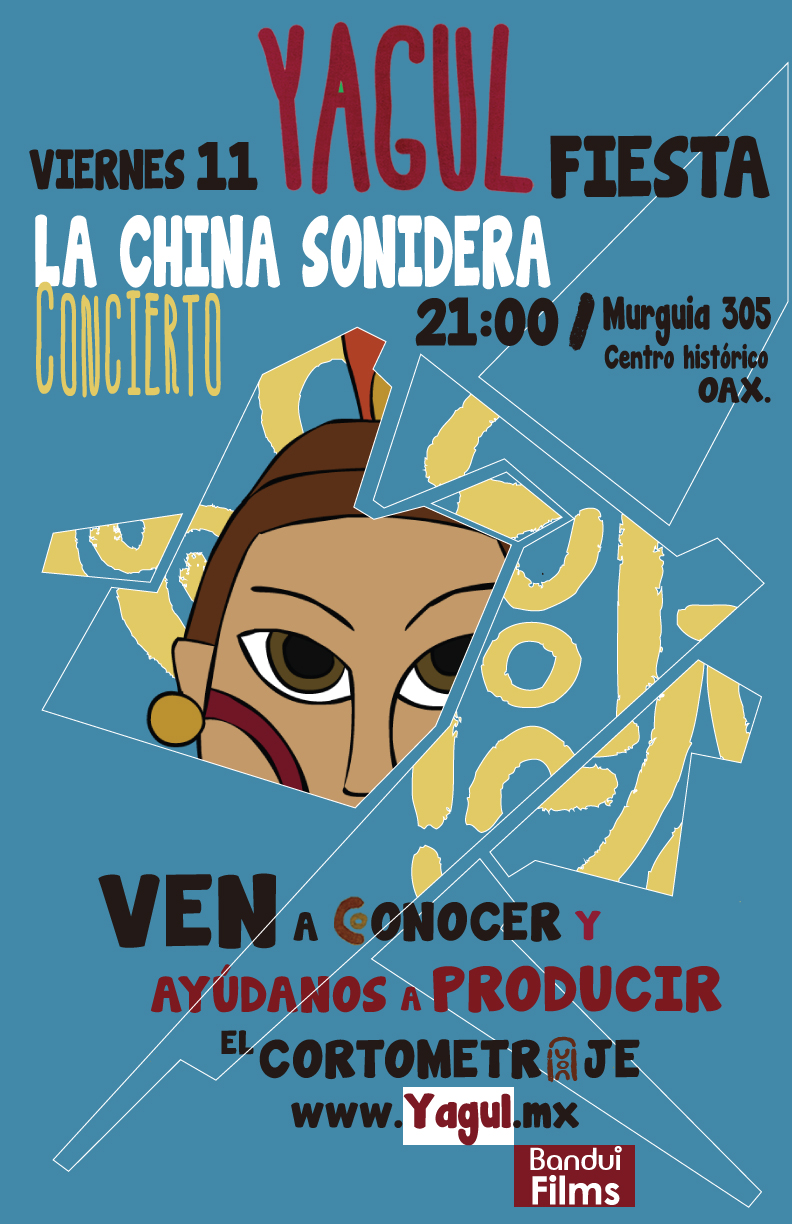2013 年我來到瓦哈卡進行一項駐村計劃,但是因為一個預期外的邀請,我將我的機票延後了四個月,並加入了一項當地的社區計劃。 Bandui Lab 是一個當地的獨立藝術工作室,由 Clarrisa Zarate 和 Leo Balinos 夫婦一起開創,他們當時邀請我參加一項他們正在進行的計劃:透過工作坊和口語田野調查的方式在三個瓦哈卡村莊中,這些村落包括 Analco, Zegache, Capulalpam,收集即將遺失的當地民俗文化,並透過將這些收集到的故事轉換成可以被販售的玩具公仔,再輔導村民利用村裡既有的基礎設施來製作,最後他們一起在市中心開設零售店和組織展覽。經濟條件在這些村莊中通常非常艱難,因此這個計劃也被期待來幫助他們建立第二職業。我的工作很簡單,觀察,還有做一些海報,和教村民縫製結合了電路的公仔斗蓬。
在我看來,Bandui Lab 試圖建立一種完全獨立的根基在藝術上的全面的生產系統,從最上遊的產品概念發想到最下遊的實體販售。更令我敬佩的是 Bandui 是一個一家五口的家庭,最大的孩子只有8歲,從瓦哈卡市中心前往這些村落各自的車程約為五小時,在這樣的條件下他們要幫助村落進行分工、機械設備分配、訓練村民在當地的大自然中取材、展覽規劃、成立規劃實體商店,輪班顧店等等的籌劃。
Adelita 是墨西哥革命期間婦女參與戰爭事件的一種形象(1910-1920),這個形象經常在 corrido 中被傳頌。「corrido」是一首流行的敘事歌曲和詩歌,形成了民謠。這些歌曲通常是關於壓迫,歷史,農民的日常生活以及其他與社會相關的話題。它現在仍然是墨西哥的一種流行形式,在20世紀的墨西哥大革命中開始廣受歡迎。Adelita 也是 Bandui Lab 委托我製作的小型公仔。
在與 Bandui Lab 合作的四個月裡,我們也天天生活在一起,我住在他們在瓦哈卡市中心的家裡,然後他們會開車開上三到四個小時,帶我一一去拜會這些村子,也一起和當地的居民交流,討論什麼是當地的文化,還有什麼是當地可以利用的設備或是有哪些閒置人力。因為我不會講西班牙語,所以這些都是透過 Clarrisa 翻譯得知,雖然有語言的障礙但是我也因此可以專心在刺繡電路的設計上。
基本上跑一個村子分為四個步驟:三個月的田野調查、七天工作坊共創設計、兩個月籌備成果展覽、輔導當地創建實體店面。這是我第一次用電子織品技能參與文化典藏類型的計劃,並對社區產生實際的影響,認識到有大量協調工作在技術工作之外。我也發現當我在試圖教導當地居民怎麼把電路轉成刺繡時,我們的語言障礙並不會阻礙我的工作太多,這讓我開始思考如何透過電子材料的參與,來提高手工品的價值,和這些科技材料開始被在偏鄉的居民當作手工藝品材料時的意義。這個計劃也啟蒙了我對於這些村造行為和殖民主義的關連,全球化和在地主義的平衡點應該要落在何處。
最後我完成了 Adelita 公仔的 LED刺繡披肩和公仔設計,也在另外一個擁有木工技術的村落 Zegache 中,和村民的協助下一起完成了我另外一件面具裝置,結束了我在墨西哥的駐村,也啟發了我和台灣原住民合作織品創作的想法。
I was doing an art residency program in Oaxaca, Mexico in 2013, but deu to an unanticipated invitation, I delayed my ticket to Taiwan for four months to join a local social design project. Bandui Lab, a local independent art studio founded by Clarrisa Zarate and Leo Balinos, they invited me to participate in their on-going project to collect soon-to-be-lost local folklore through workshops and oral fieldwork in three Aztec villages - Analco, Zegache, and Capulalpam - and transform the collected stories into sellable action figurines by coaching the villagers in the use of the village's existing infrastructure. The villagers are then coached to use the village's existing infrastructure to produce them, and eventually they work together to open retail stores and organize exhibitions in the city center. The economic conditions are often very difficult in these villages, so this program is also expected to help them establish a second career. My job was simple, oberseve, some poster making and teaching the villagers to make poncho mixed with embroidered circuits.
It seems to me that Bandui Lab is attempting to create a completely independent, art-based, comprehensive production system, from the top end of the product concept to the bottom end of the physical sale. What I admire even more is that Bandui is a family of five, the oldest child is only 8 years old, and with a travel time of about five hours from downtown Oaxaca to each of these villages, they have to help the villages with the division of labor, the distribution of machinery and equipment, the training of villagers in the local nature, the exhibition planning, the establishment of a physical store, the shifting of shopkeepers, and other planning.
"Adelita" is an image of women's participation in war, during the Mexican Revolution (1910-1920), the legacy celebration can be usually found in the “corrido”, popular narrative metrical tale and poetry that forms a ballad. These songs are often about oppression, history, the daily life of farmers, and other socially relevant topics. It is still a popular form in Mexico, having gained popularity during the Mexican Revolution of the 20th century. "Adelita" is also figure that Bandui Lab commissioned me to make.
During the four months with Bandui Lab, we lived together in their house in Oaxaca. It takes 3 to 4 hours by car to reach those villages, to meet the local villagers to discuss the workshop contents, what equipment can be used there for the production and the working schedules. I don't speak Spanish, so I can only interact with Bandui’s help. Despite the language barrier, I found that I can still work with the local people via common crafting skills, like embroidery. I later found a way to teach them how to make the circuit by sewing it stitch by stitch, with precise indication map.
Basically, the whole action is divided into four steps: three-month field research, week-long workshops to translate local myth to action figure design, two-month preparation for the exhibition of results, and the mentoring for retail shop establishment. This is the first time I have seen that design and art can actually participate in social work and have actual impact on community. I also found the common ground for engineering and craftsmanship, our language barrier did not bother my work too much, it inspired me how to empower the old craftsmanship through the participation of e-textiles , and the significance of our action to the local communities. This project seeded the thinking in me, are these community project involve colonialism? What is the balanced relationship for globalism and localism?
After the 7-days workshop in Analco, I have made two masks with the same technique, with the assistance from villagers in Zegache, to call it an end of my residency in Oaxaca. This experience inspires me to collaborate with Atayal aborigines in Taiwan and to start the Tribe Against Machine Project
